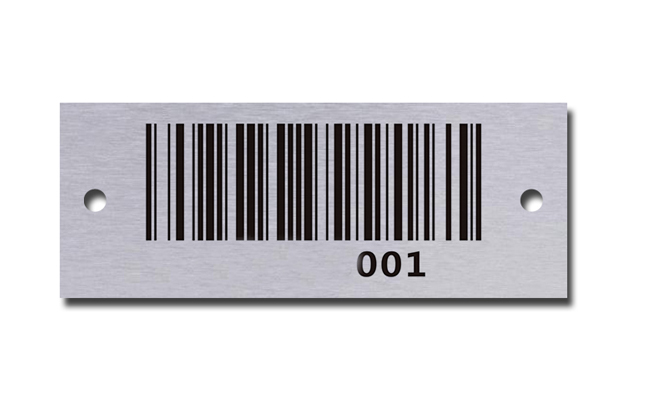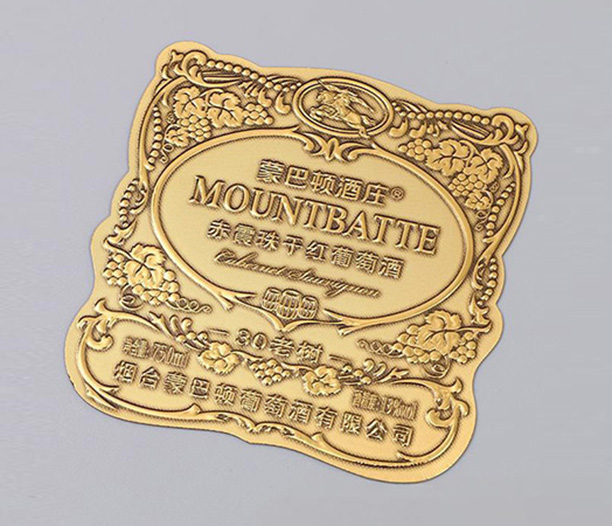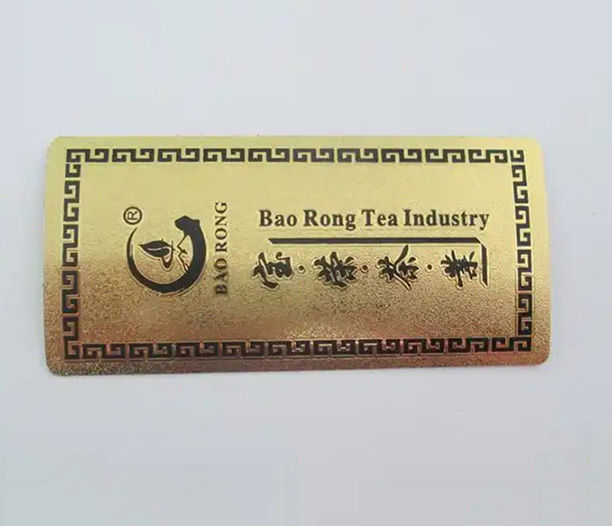Walking into an office, one of the first things that often catches your eye on a desk is a name plate. It’s a small but significant item, a silent ambassador for the person sitting behind it. While materials like metal and acrylic have their place, there's an undeniable, timeless appeal to a name plate for desk wood. It conveys warmth, professionalism, and a touch of organic elegance that synthetic materials struggle to match. Whether you're an executive looking to solidify your presence, a remote worker carving out a professional space at home, or a company sourcing gifts for your team, understanding the nuances of a wooden desk name plate is crucial. This article delves deep into the world of wooden name plates, from the types of wood and engraving techniques to a practical guide for making your selection.

Why Choose a Wooden Desk Name Plate?
Before we explore the 'how,' let's address the 'why.' A wooden office name plate is more than just a label. It’s a statement. In a sea of corporate sameness, wood brings a unique character. No two pieces of grain are exactly alike, ensuring your name plate is as individual as you are. It projects stability and trust, qualities inherently associated with natural materials. Furthermore, it’s incredibly versatile, fitting seamlessly into a modern minimalist setup, a traditional law firm, or a creative agency’s vibrant space.
Exploring the Different Woods for Your Desk Name Plate
The type of wood used is the soul of your name plate for desk wood. Each species offers a distinct color, grain pattern, and hardness.
Walnut: A premium choice, walnut is known for its rich, dark brown color and straight, fine grain. It exudes sophistication and authority without being overly ostentatious. A walnut desk name plate is a classic for a reason.
Oak: Both red and white oak are popular for their strength and prominent grain. White oak has a more neutral, grayish-brown tone, while red oak has warmer, pinkish undertones. Oak suggests resilience and tradition.
Maple: For a lighter, cleaner look, maple is excellent. Its fine, consistent grain and pale cream color make it a perfect canvas for dark laser engraving, ensuring high readability. It works well in contemporary and Scandinavian-inspired offices.
Cherry: Cherry wood is beloved for its color that deepens and reddens with age when exposed to light. It has a smooth, satiny texture and a warm, inviting feel that is both professional and approachable.
Bamboo: Technically a grass, bamboo is a highly sustainable and modern option. It has a light color with distinctive node lines, promoting an eco-friendly and clean aesthetic. Bamboo name plates are lightweight yet durable.
Reclaimed Wood: For a story-driven, rustic, or eco-conscious choice, reclaimed wood is unmatched. Sourced from old barns, factories, or warehouses, each reclaimed wood desk plate carries a unique history and character, full of imperfections that add to its charm.
The Craftsmanship: Engraving and Finishing Techniques
The method used to inscribe your name and title is as important as the wood itself. The right technique can elevate a simple plank into a professional wooden desk name plate.
Laser Engraving: This is the most common and precise method for creating a custom wood name plate. A laser burns the surface of the wood, vaporizing it to create a deep, permanent mark. It can produce incredibly fine details, complex logos, and sharp text. The result is typically a dark (often black) inscription against the natural wood color, offering superb contrast.
CNC Routing: This process uses a computer-controlled router to physically carve out the material. It creates a three-dimensional, tactile effect. You can feel the grooves of the letters with your finger. CNC routing is ideal for larger, bolder fonts and can create deeper impressions than laser engraving.
Infill Options: After engraving or routing, the recessed areas can be left as-is or filled with a contrasting material. A common infill for a laser engraved name plate is using colored epoxy or paint, which can be matched to company branding (e.g., a navy blue infill for a corporate logo).
Finishes: A quality finish protects the wood and enhances its natural beauty. Options include:
Oils: (e.g., Tung oil) penetrate the wood, highlighting the grain and providing a natural, matte feel.
Lacquers: Create a durable, protective coat that can be satin, semi-gloss, or high-gloss.
Waxes: Offer a soft, low-sheen finish that is easy to touch up but offers less protection.

A Practical Guide to Choosing Your Wooden Name Plate
With so many options, selecting the perfect name plate for desk wood can be daunting. Use this checklist to guide your decision.
Consider the Environment: Is your office modern, traditional, or industrial? A sleek maple or bamboo plate suits a modern space, while a rich walnut or cherry fits a traditional setting.
Define Your Purpose: Is this for a corporate executive, a retirement gift, or your home office? A corporate setting might call for a more formal wood like oak or walnut with a clear, professional font. A gift could allow for a more unique wood like reclaimed timber with a personalized message.
Prioritize Readability: The primary function is to display a name and title. Ensure there is strong contrast between the wood and the engraving. Dark wood with a deep laser engraving or light wood with a dark infill are the most legible choices.
Size and Orientation: Measure your desk space. A standard size is around 8 inches in length, but smaller and larger options are available. Decide between a horizontal (landscape) or vertical (portrait) orientation based on your space and layout.
Set a Budget: The cost of a wooden desk name plate can vary significantly based on the wood species, size, and complexity of the engraving. Establish a realistic budget beforehand. Generally, domestic hardwoods like walnut and cherry are more expensive than oak or maple, while bamboo is often a cost-effective and sustainable choice.
The Price Spectrum of Wooden Desk Plates
Understanding the cost factors helps in making an informed purchase. A simple, small name plate for desk wood made from maple with basic laser engraving can be very affordable. As you move up to premium woods like walnut, add custom logos, complex graphics, or special infill colors, the price will increase. The thickness of the wood and the type of finish also play a role. It's best to get quotes from several suppliers, providing them with your exact specifications for a custom wood name plate.
Caring for Your Investment
A wooden name plate is a durable item, but proper care will keep it looking its best for years. Dust it regularly with a soft, dry cloth. Avoid using harsh chemical cleaners or abrasive pads. An occasional light application of furniture polish suitable for the specific finish can help maintain its luster. Keep it out of direct sunlight for prolonged periods to prevent the wood from fading and away from excessive moisture or heat sources.
Frequently Asked Questions (FAQs)
Q1: What is the most durable type of wood for a desk name plate?
A1: Hardwoods are generally the most durable. Oak, maple, and walnut are excellent choices as they are hard, resistant to dents and scratches, and can withstand the daily wear and tear of an office environment. Their tight grain structure also makes them ideal for receiving crisp, clean engravings.
Q2: Can you include a company logo on a wooden name plate?
A2: Absolutely. Most modern laser engravers can reproduce even highly detailed logos with great accuracy onto a wooden desk name plate. It's best to provide the logo in a high-resolution vector file (like .AI or .EPS) to the manufacturer to ensure the cleanest result.
Q3: How long does it typically take to receive a custom wood name plate?
A3: The lead time can vary depending on the vendor and the complexity of your order. A standard custom wood name plate with simple text engraving might be completed in 5-7 business days, while more complex orders with logos and special finishes may take 10-15 business days. Always confirm the production and shipping timeline with your supplier.
Q4: Is bamboo a good material for a professional name plate?
A4: Yes, bamboo is an excellent and increasingly popular choice for a professional bamboo name plate. It is strong, lightweight, and has a modern, clean appearance that is well-suited to contemporary offices. Its rapid growth also makes it one of the most sustainable options available.
Q5: What information should I provide when ordering a custom name plate?
A5: To ensure your name plate for desk wood is made correctly, you should provide: the exact spelling of the name and title(s), the desired font (or select from the vendor's options), your wood type preference, the preferred size, any logo or artwork files, and specific finishing or infill color instructions. Double-check all text for typos before confirming the order.
Q6: Are there eco-friendly options for wooden name plates?
A6: Yes, there are several eco-conscious choices. Look for suppliers who use woods sourced from sustainably managed forests (certified by organizations like the FSC). Bamboo is a top renewable choice. Reclaimed wood is another fantastic eco-friendly option, as it gives new life to old material, preventing it from going to waste.






